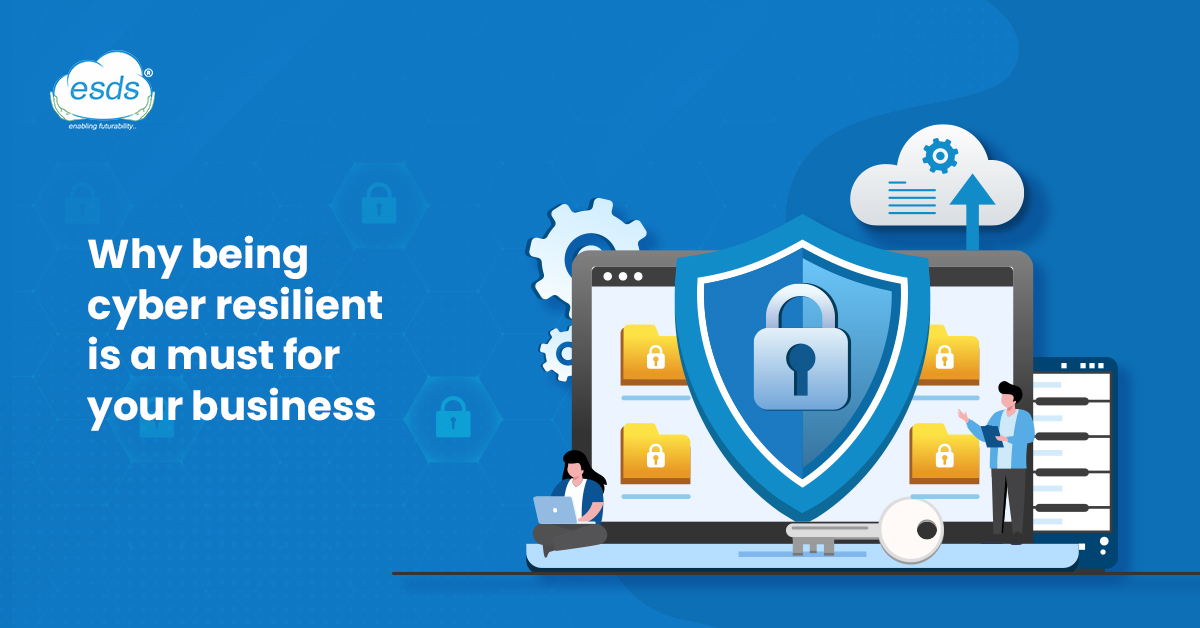As the globe is getting digitally connected, corporate systems are growing more vulnerable to evolving cyber security risks. High-profile security incidents continued to dominate news headlines in 2021.

Notably, we saw a concerning increase in ransomware-related data breach events, which increased by 82% in 2021. Attacks on the software supply chain rose by 650% over the course of the year as malicious actors deliberately pushed upstream to disrupt systems by infiltrating open-source software.
Business executives and IT teams need to approach cyber security with the attitude that “it’s not simply an issue of if an event will occur, it’s a matter of when” as they progress into 2022.
order to keep the operation of your company from coming to a complete stop, you must also think about how your systems will react to and recover from a catastrophe and also consider outsourcing with Security insight services that shield you from probable massive damage.
The idea of cyber resilience comes into focus at this point. This article will get you details about the idea and look at various strategies you can utilize to increase the cyber resilience of your company. We’ll focus on the function of backups in developing and putting into practice your cyber resilience strategy.
What is cyber resilience?
Cyber resilience is described as “the ability to predict, withstand, recover from, and adapt to adverse situations, pressures, attacks, or compromises on systems that use or are enabled by cyber resources”

Consider cyber resilience as being “fit” or “primed” digitally. It involves maintaining your company’s data and devices online despite any security dangers that may arise.
Achieving true cyber resilience needs various techniques and levels of security for humans, systems, data, networks, and devices; it is not a one-dimensional or one-time effort. This tactic is frequently referred to as “defense-in-depth.”

No comments:
Post a Comment